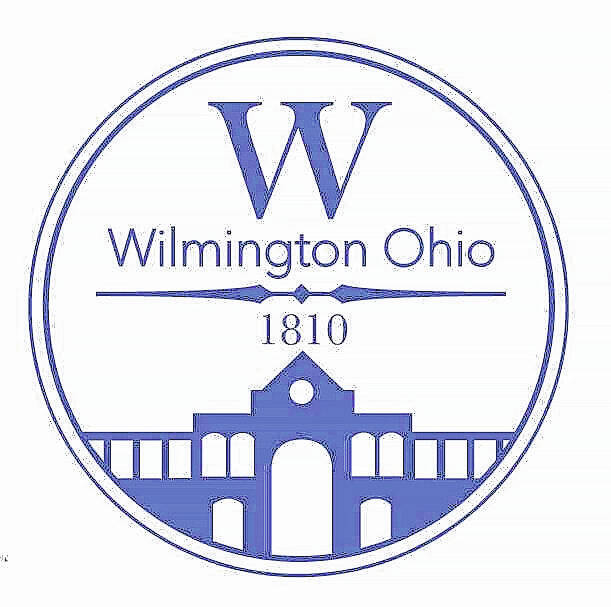
COLUMBUS, Ohio — Communities in Southwest Ohio are receiving more than $25.6 million in low-interest rate funding from Ohio EPA to improve wastewater and drinking water infrastructure and make other water quality improvements. The loans were approved between Oct. 1 and Dec. 31, 2021. The lower interest rates will save these communities more than $11 million.
• Wilmington is receiving $3.4 million to design a new wastewater treatment plant and repurpose the existing wastewater treatment plant.
• New Vienna is receiving $40,135 to plan a project to replace an aged and deteriorated waterline on Church Street and develop a GIS database to assist in asset management and hydraulic modeling.
Statewide, Ohio EPA awarded more than $159.9 million in loans during the fourth quarter of 2021, including more than $22 million in principal forgiveness. Combined, Ohio communities will save approximately $44.5 million when compared to market-rate loans.
The projects are improving Ohio’s surface water quality and the reliability and quality of Ohio drinking water systems. This funding includes assistance to local health districts to help low-income property owners repair or replace failing household sewage treatment systems.
Ohio EPA financed approximately $797 million for public works projects in 2021, saving communities more than $166 million in interest when compared to market-rate loans. This includes nearly $10.6 million in principal forgiveness loans to 72 local health districts to help lower income homeowners repair or replace failing home sewage systems.
For the fourth quarter of 2021, the following Southwest Ohio projects are also receiving funding:
Logan County is receiving $7.8 million to construct a sanitary sewer serving the residences of Orchard Island and Wolfe Islands in Washington Township. The project will include gravity sewer, force main, and associated items such as manholes.
Palestine-Hollansburg Joint Sewer District is receiving $7.5 million to construct a new regional sanitary sewer collection system and wastewater treatment plant that will replace failing home sewage treatment systems. The system will be operated in an agreement between the Palestine-Hollansburg Joint Sewer District and the Glen Karn Corridor Sub-Sewer District. $4.05 million of the loan is principal forgiveness and does not have to be repaid.
Dayton is receiving $2.1 million to begin the design for Phase II of the anaerobic digestion project which will address all remaining digester improvements not addressed in Phase I.
Union is receiving $1.76 million to extend 5,300 lineal feet of 12-inch watermain from the intersection of East Martindale Road and Frederick Pike south to the Aullwood Audubon Center and Farm, and 750 lineal feet of 8-inch watermain from Frederick Pike west along the center’s driveway entrance to the building. The entire amount is a principal forgiveness loan, which means the loan does not have to be repaid.
Greene County is receiving $1.25 million for the design and construction of approximately 7,260 feet of 8-inch watermain to replace existing 6-inch watermains, which are undersized and prone to breakage.
Ansonia is receiving $900,000 for a project to locate and eliminate inflow and infiltration into the sanitary collection system. The project will line and replace sewers and rehabilitate a lift station. The entire amount of the loan is principal forgiveness, which does not have to be repaid.
Greenville is receiving $856,980 to replace lead service lines and replace or relocate water meter pits. The loan is a principal forgiveness loan and does not have to be repaid.
Created in 1989, the Water Pollution Control Loan Fund (WPCLF) helps communities improve their wastewater treatment systems. The Water Supply Revolving Loan Account (WSRLA), started in 1998, provides loans for improvements to community drinking water systems and nonprofit, noncommunity public water systems. Both programs offer below-market interest rate loans, which can save communities a substantial amount of money compared to a market-rate loan.
Ohio EPA’s state revolving fund (SRF) loans are provided to communities to build and upgrade wastewater and drinking water infrastructure, upgrade home sewage treatment systems, better manage stormwater, address combined sewer overflows, and implement other water quality-related projects. Financial assistance helps support planning, design, and construction activities, and enhances the technical, managerial, and financial capacity of these systems. WPCLF loans make restoration and protection possible for Ohio’s highest quality water bodies through the fund’s Water Resource Restoration Sponsor Program.
Ohio’s SRF loan programs are partially supported by annual federal capitalization grants and have grown substantially over time because of the revolving nature of the loan issuance and payments back into the fund. The SRF programs are managed by Ohio EPA’s Division of Environmental and Financial Assistance, with assistance from the Ohio Water Development Authority. Ohio EPA is responsible for program development and implementation, individual project coordination, environmental, and other technical reviews/approvals of projects seeking funds. The Ohio Water Development Authority provides financial management of the SRF funds.
More information about the SRF loan program is available at: https://epa.ohio.gov/wps/portal/gov/epa/divisions-and-offices/environmental-financial-assistance.


